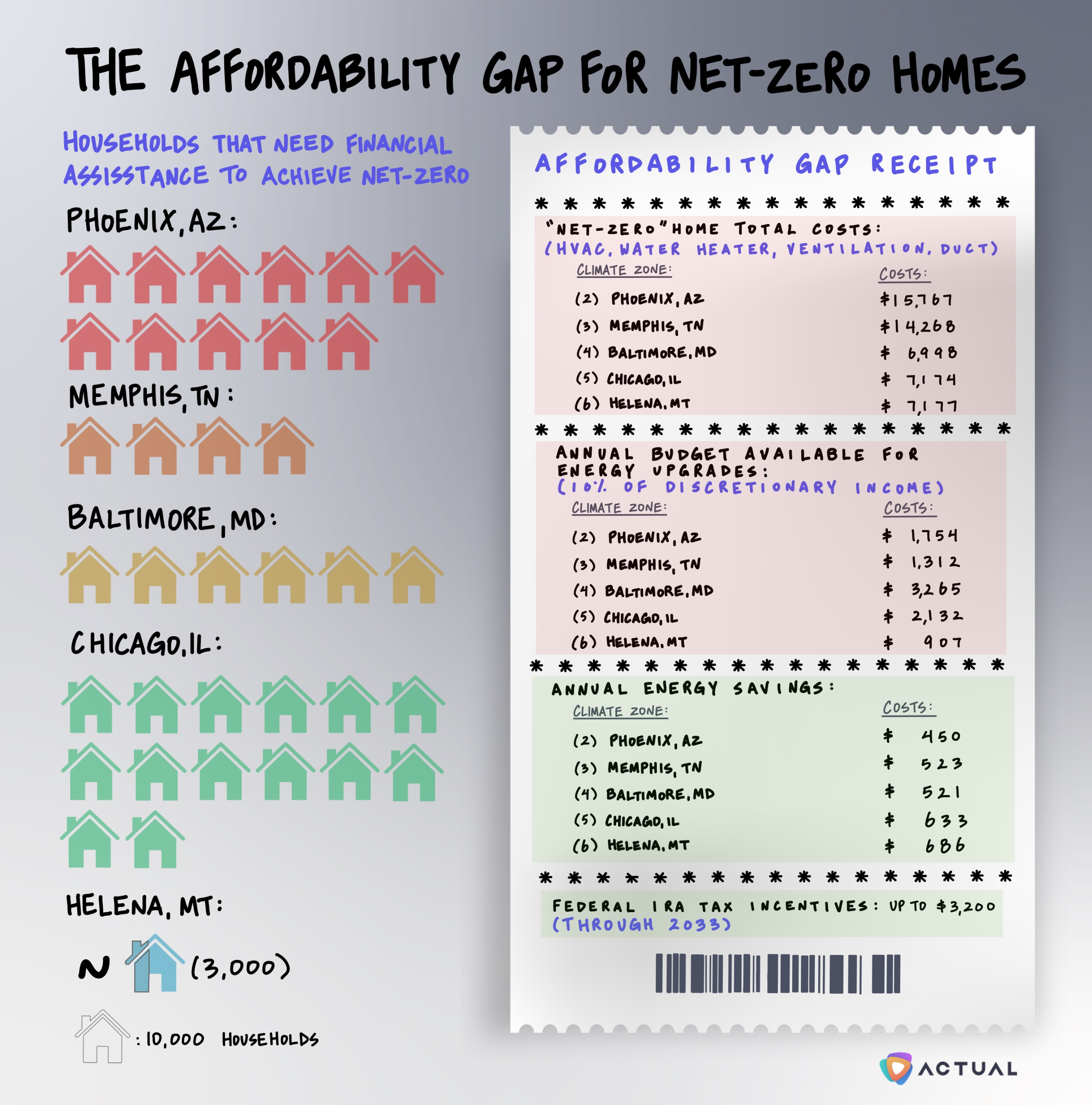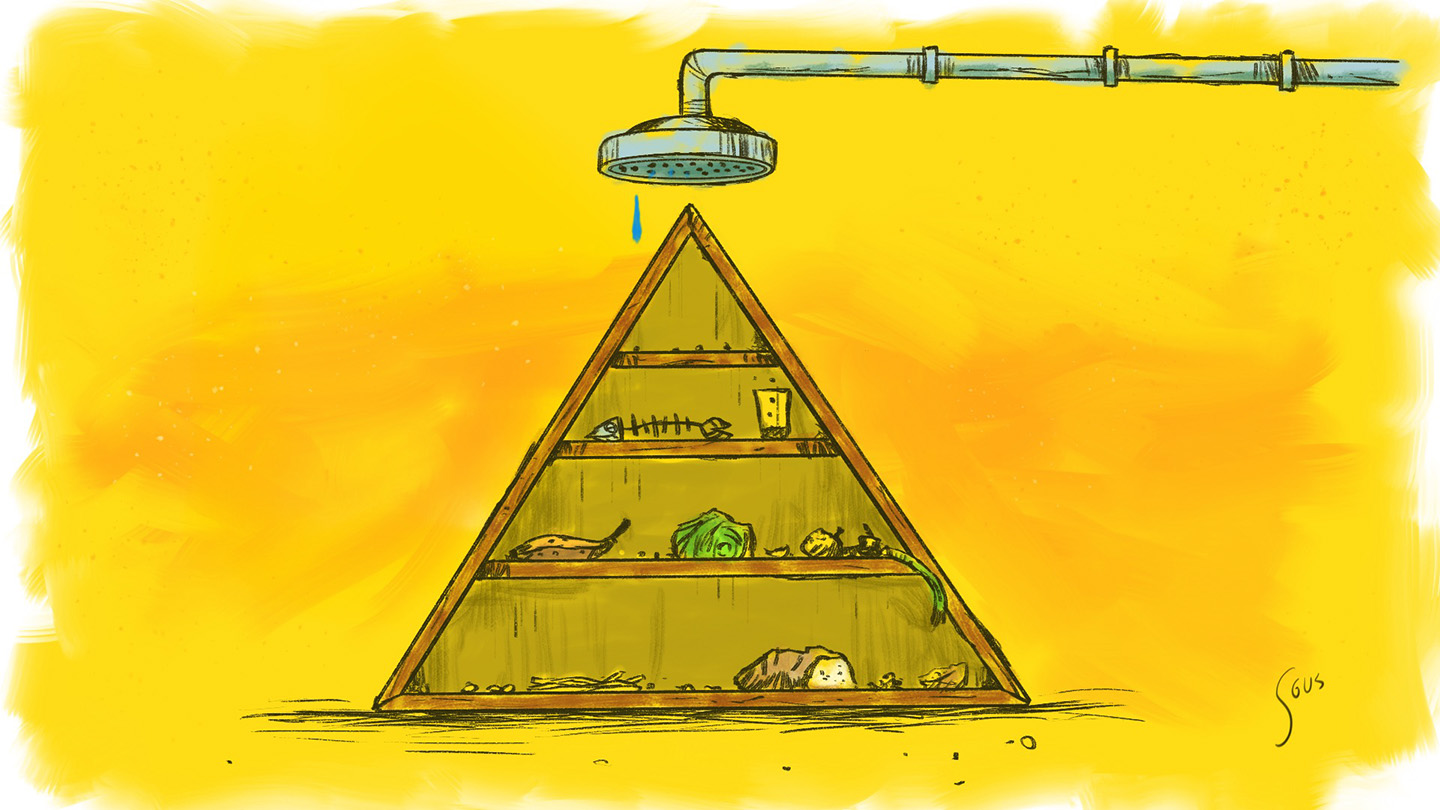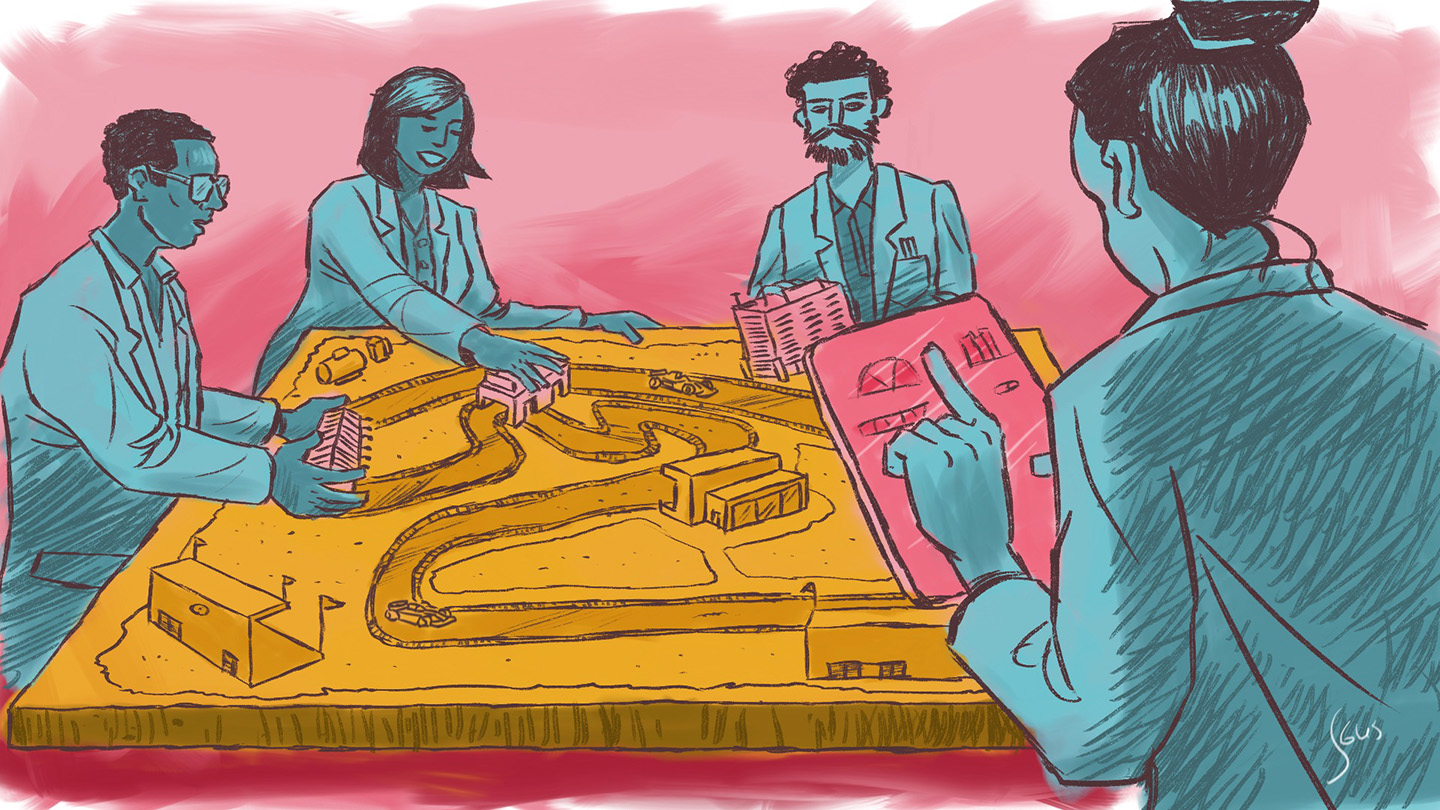
October 31, 2023
The Affordability Gap for Net-Zero Homes
In July 2023, the Biden-Harris Administration announced $20 billion to fund energy efficiency projects at the community level, highlighting the importance of investing in “everyday things” beyond large energy infrastructure investments.
The nation’s existing single-family homes are a key example of where investment is needed. Currently, the majority of state energy codes date back to 2009, and most homes comply with even older codes depending on when they were built. However, if existing buildings were retrofitted to meet IECC codes from 2021, it would reduce energy costs by up to 35%.
Meeting updated energy codes would conserve energy, help utilities save money on costly generation and distribution investments, and substantially reduce overall energy expenses, particularly helping low-income communities.
How does this affect you?
Policymakers need to identify effective ways for government agencies to make energy efficiency upgrades affordable to every household.
Housing Developers have an opportunity to build the cost of energy upgrades into the total cost of a new home. The futureproofing and reduction in total costs of ownership will help the developer stay competitive for future homebuyers.
Utilities capital planning teams need to plan for an increase in demand due to the electrification of homes while collaborating to find opportunities for energy conservation and decreased growth in electrical load.
Homeowners need to consider investing in energy efficient homes and technologies and take advantage of government programs as the world transitions towards an electrified grid.
Homeowners will not spend beyond their means or compromise their quality of life. From an environmental justice perspective, all stakeholders need to advocate for an equitable transformation in their communities, as it is often lower-income communities that are most impacted by climate-related events and yet least able to access mitigations.

The International Energy Conservation Code (IECC) has been adopted by all states in the US, with a specific version depending on a state’s particular climate zone (CZ 1-6).
The IECC code suggests various additional efficiency packages, including HVAC, water heaters, and ventilation, among others. The total cost to implement these packages differs by climate zone.
Implementing all of the efficiency upgrades ultimately reduces energy costs by up to 30% in all states. However, these energy efficiency measures do come with a hefty price tag out of reach of approximately half of residents:
Federal Low-Income: The US identifies the low-income threshold for a household of 4 persons as $26,500.* Across all seven climate zones, 5-10% of residents in each city are considered households of “low-income.”
Discretionary Income: Assuming that energy investments make up 10% of discretionary income, only households earning more than $100,000 can afford to pay for all the efficiency upgrades within a decade. About half of all households nationwide fall below this threshold.
Subsidizing costs and providing affordable financing will accelerate a just energy transition. Existing grants and other funding mechanisms are essential not just for low-income homeowners but also for most homeowners. Doing so will help states meet their net-zero goals and enable households to conserve energy and decrease their energy spending.
The IECC energy codes represent the minimum standards for energy efficient homes, and these investments, while substantial, are necessary in order to reach net-zero goals and improve energy affordability and resilience.
The roadmap towards equitable and energy efficient homes will differ state by state, but socio-economic status should not be the reason why communities are left behind. Although there are financial savings to be found, lessening the cost burden on homeowners while accelerating toward a greener future may be the greatest return on investment of all.
Until next time,
Actual
* Data calculations assume the income of a married couple with two dependents. Income levels are gathered from owner-occupied housing units. Climate Zones 1 and 7 were not analyzed. * Sources: 2021 IECC Residential Cost Effectiveness Analysis (Home Innovation Research Labs), Census: DP04, S2506
More recent newsletters
April 25, 2024
ACTUAL
Catalonia, Spain, has recently declared a drought emergency as reservoirs plunge to critically low levels at just 15% of full...
April 11, 2024
ACTUAL
The automotive industry has been undergoing a drastic transformation, transitioning from combustion engine vehicles to include EVs, hybrid engines, and...
March 21, 2024
ACTUAL
The thrilling races of Formula 1 are powered by behind-the-scenes innovation, where even the slightest tweaks in aerodynamics or engine...


